As physicians we know that the care we give our patients can be limited by the tools and healthcare software at our disposal. With PediNotes, I’ve strived to foster better communication among my staff and actively implement ways to improve my practice. I believe a hospital’s path to its greatest efficiency, and consequently, its highest level of patient care, is aided by its electronic medical records (EMR) system. That being said, not all EMRs are created equally.
Today we’ll take a closer look at PediNotes, its benefits for caregivers, and what inspired my team and I to take an innovative approach to neonatal technology.
What is an EMR/EHR supposed to do for you?
At its core, an EMR/EHR is just a tool. But for us, PediNotes is more than that, because it reflects the specific workflow of neonatal caregivers and organizes data in ways that other EMRs don’t. PediNotes brings everything about the child and the mother in one place with user-friendly design.
When physicians use PediNotes they benefit from a program that’s NICU-focused; it has the functions they are familiar with, like continuous feeds and changing ventilator settings.
Why make a neonatal-focused EMR?
Simply put, I was not satisfied with the EMR functionality that my institution was using. There wasn’t anything available to my team that delivered all the things we needed.
All of us who take care of babies or children know that pediatrics is the last to see improvements in the realm of technology. The big push by the government for improved EMRs was for adults and pediatrics was left out. We got tired of waiting for someone to address what was important to neonatologists, so we did it ourselves.
How does PediNotes benefit the end user in ways that other EMRs don’t?
We designed PediNotes with time-saving functionalities that matter to teams caring for infants. For example, you won’t have to go hunting for data. Features like interoperability, computerized physician order entry, and real-time information access give way to better workflow, so you can invest time into other tasks that matter.
In addition, we make your time better spent and increase efficiencies by putting lab work, radiology, and mother’s information at your fingertips. All the information you need to take care of your patient is easier to find with PediNotes.
Summing it all up
By now I hope you have a better understanding of what makes PediNotes unique. What’s interesting to me is that although we live in an age where technology is helping adults live longer lives, the branch of medicine that matters to the lives that are just beginning isn’t always given the same focus.
Having an EMR that is neonatal-specific means better care for future generations. All lives, both young and old, are worth saving. This is part of what inspired me to create PediNotes, which I’m proud to say has elevated the standards for patient care in my NICU.
My team and I invite you to subscribe to our newsletter, so you don’t miss future blog posts and updates regarding PediNotes.









